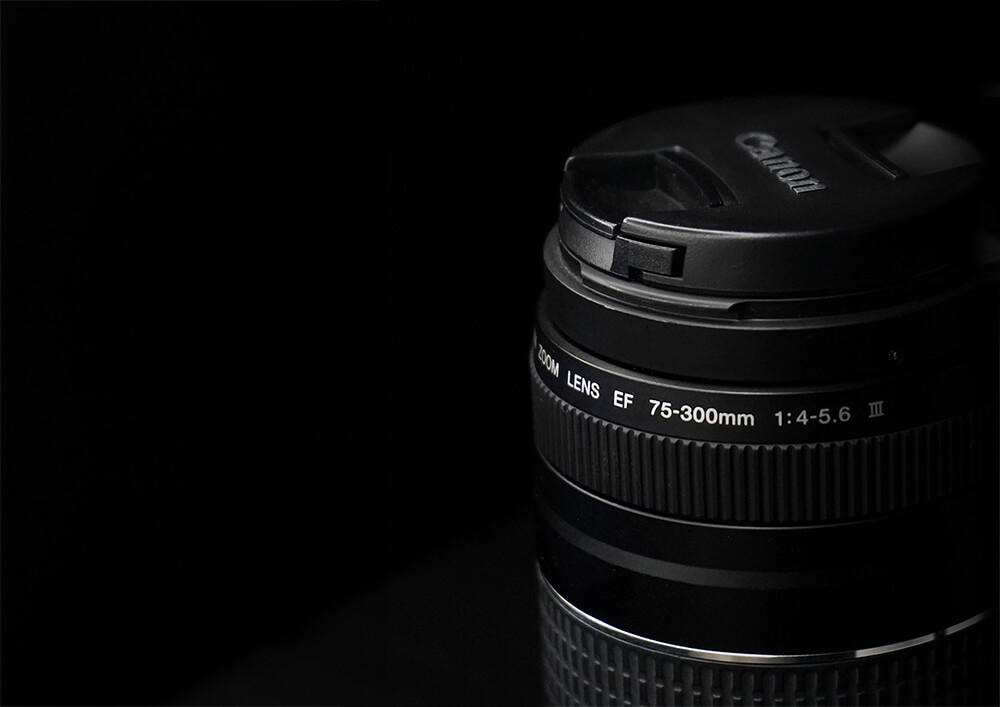If you’re looking for an affordable Canon telephoto lens for your DSLR, you have probably seen the popular Canon EF 75-300mm f/4-5.6 III.
Even though I think Canon makes some of the best lenses (and has for decades), this one is so old and overpriced that I can hardly recommend it to anyone (I will explain who should buy it towards the end of the post).
Why is it bad?
- Image quality after 150mm is hardly usable
- No Image Stabilization or USM
- Too expensive compared to the Canon 55-250mm (which I will compare it to)
What if I told you there is a much better Canon lens for $70 only more. It’s got a lot more features, way better image quality, and you won’t regret buying it after your first use.
1. Bad Image Quality
The Canon EF 75-300mm f/4-5.6 III was released back in 1999. It’s old, but there are many older lenses that are optically superb, so this alone is not even an issue.
Unfortunately, the lens just delivers soft images after ~150mm, which kind of defeats its telephoto purpose. You want that 200-300mm range to be good because that’s the minimum acceptable for sports and wildlife. If it’s not usable, then half of the lens was a waste of money.
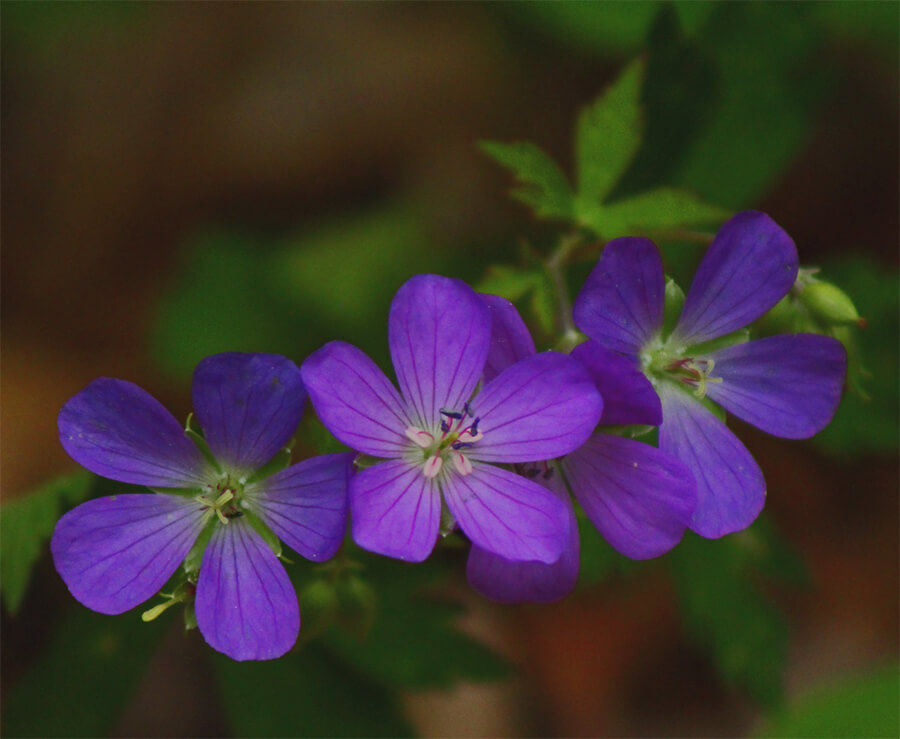
Related: What is Aperture & How to Blur Backgrounds
It’s not a horrible lens, it’s just not as good as what you can get for a similar price, especially in 2024.
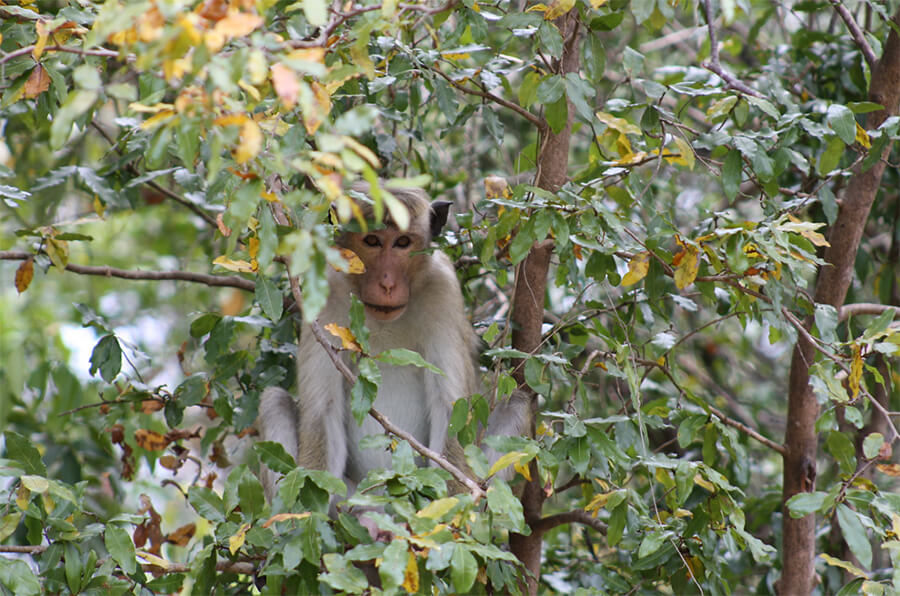
Related: The 6 Best Lenses for Canon Rebel T7
This one actually looks quite good, even though it was at 190mm. In good conditions, the lens might sometimes surprise you and deliver acceptable results, but even getting the proper focus is a problem on its own. There is no USM (Ultra Sonic Motor), so it takes a long time to focus on your subject.
For wildlife and sports photography, your auto focus performance is almost as important as the zoom itself. It’s extremely hard to focus manually at 250mm+ when your subject is moving, and I don’t think I have ever seen anyone do that. You might get 1 good shot for 100 taken.
There is also a USM version of this lens, but it has identical image quality and color problems. Again, not recommended at all.
2. No Image Stabilization or USM
What is Image Stabilization and when do you really need it?
- Low Light – Indoors, weddings, night time, concerts, anytime you are using a slow shutter speed
- Telephoto – When shooting above 100mm, even the tiniest shake/movement can blur the image
Every time you take a picture, you move a little bit. You might not even know it, but your camera will expose every single problem.
- The longer the lens, the bigger the issue.
- The slower the shutter speed, the more blurred your image will be.
The Canon EF 75-300mm f/4-5.6 III does not have any stabilization, which means you will need a shutter speed of at least 1/300mm when shooting at 300mm. On a sunny day this is quite easy, but what if you’re shooting early, late, or on a cloudy day?
Raising the ISO is one option, but it can introduce noise and degrade your quality. The aperture size of the 75-300mm is good, but only for outdoor use.
And 1/300 at 300mm is assuming you are perfectly still, which is quite hard. Realistically, you will always have to shoot with 1/500 to get good results.

How much does Image Stabilization help?
Up to 4, or even 5 stops.
If you have a lens with Image Stabilization and take a picture at 1/30 shutter speed, it will look just as good as 1/500 on a non-stabilized lens. It really opens up a whole new world of possibilities.
However, Image Stabilization only helps for subjects that aren’t moving. If you’re photographing a sleeping cat, or a tree, it will be fine, but for anything that moves it won’t help (some lenses have different modes, but not at this price range).
No Ultra Sonic Motor for focusing
Auto focus is a complicated process that uses both the camera and lens in order to get great results. Unfortunately, the 75-300mm has no USM built-in, so it’s really far behind compared to any lens made in the past ~15 years.
The Canon lens I recommend instead has both IS and USM!
3. There’s a Better Lens (the Canon EF 55-250mm)

For only $70 more, the lens I recommend to everyone is the Canon EF-S 55-250mm f/4-5.6 IS STM. Trust me, it’s better to spend a little bit more now than looking for a new lens again soon.
Here’s my Canon EF 75-300mm f/4-5.6 III vs Canon EF-S 55-250mm f/4-5.6 IS STM full comparison.
- It has much better image quality throughout the whole zoom range
- Richer colors and contrast
- STM for fast and silent auto focusing
- Image Stabilization up to 4 stops
- Lighter and smaller
The 55-250mm is also on my list of the 6 Best Lenses for the Canon T7, and I recommend it to all Rebel shooters. It’s better in every single department, except that it offers 50mm less reach. You will hardly notice it to be honest.
Don’t mix it with the Canon EF-S 55-250mm f/4-5.6 IS II. It’s older and doesn’t have STM, but would still be a bit better choice than the 75-300mm.
Yes, these numbers and names can be quite confusing. The links I provide take you to the right lenses.
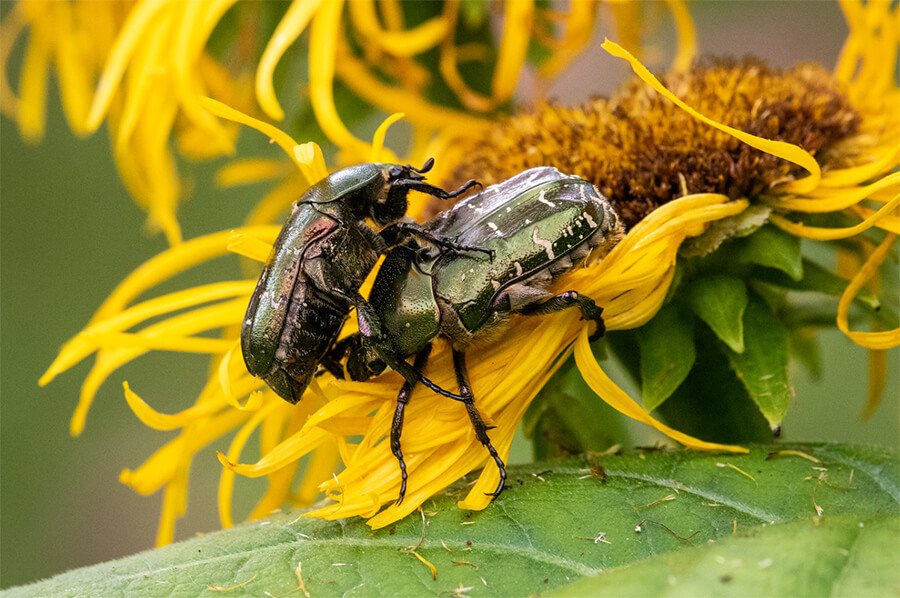

The Canon EF-S 55-250mm is a much better choice for wildlife, sports and animals. The rabbit and bugs look sharper, with more contrast and colors.
Is the Canon EF 75-300mm f/4-5.6 III good for Sports/Wildlife?
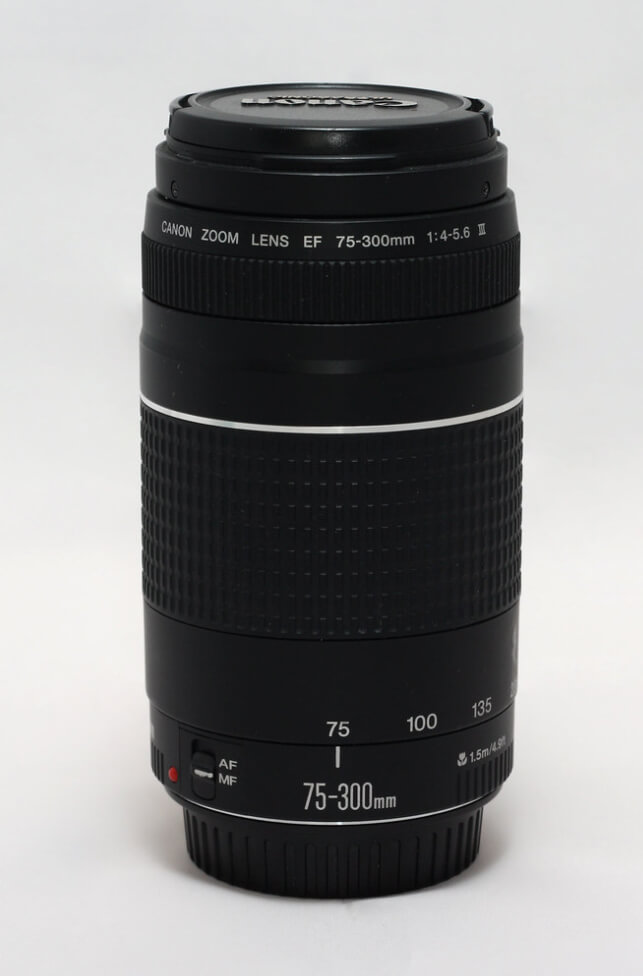
No, I would not recommend any version of the Canon EF 75-300mm f/4-5.6 III for sports or wildlife, or anything over 150mm. The auto focus is quite slow and image quality is only acceptable. With so many more lenses to choose from it would only make sense if you bought it used for a low price.
If you do telephoto photography once a year and are just happy with getting closer to your subject, it will be fine. The majority of people that plan on using it ~weekly will soon look for something better, so you will actually spend more than you would in the first place.
It’s a great way to start animal/sports photography (perhaps as a gift, or cheap introduction), but not if you like great image quality.


